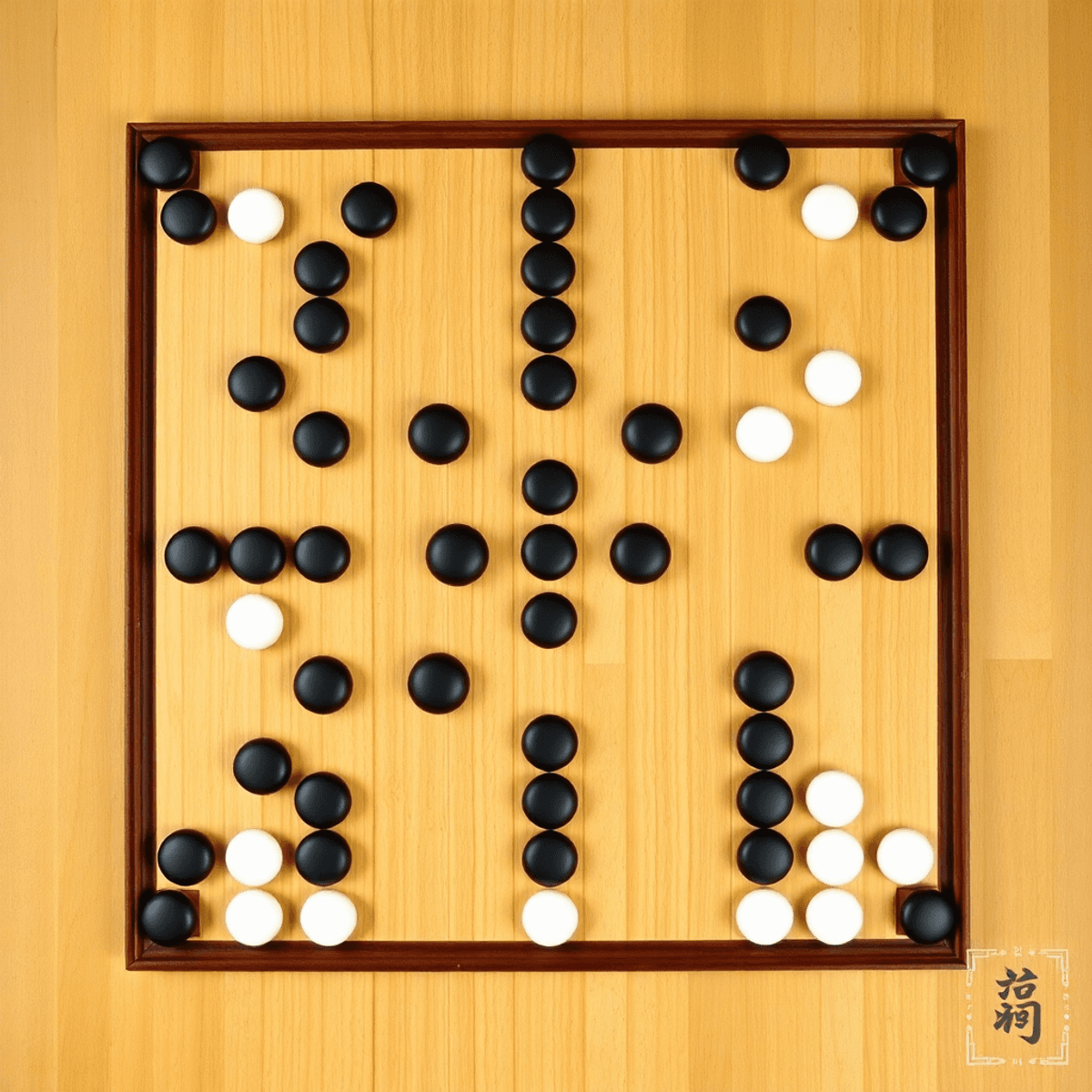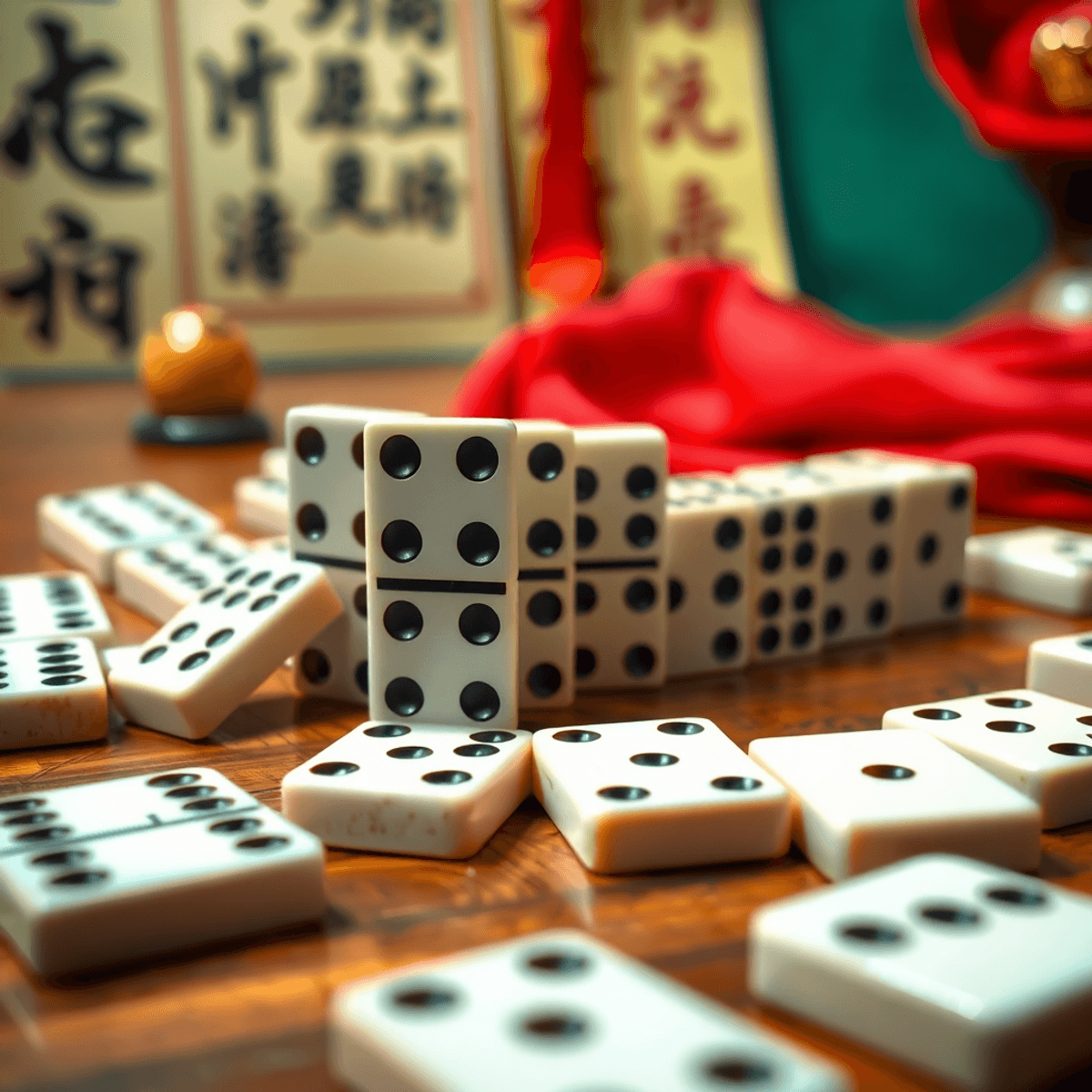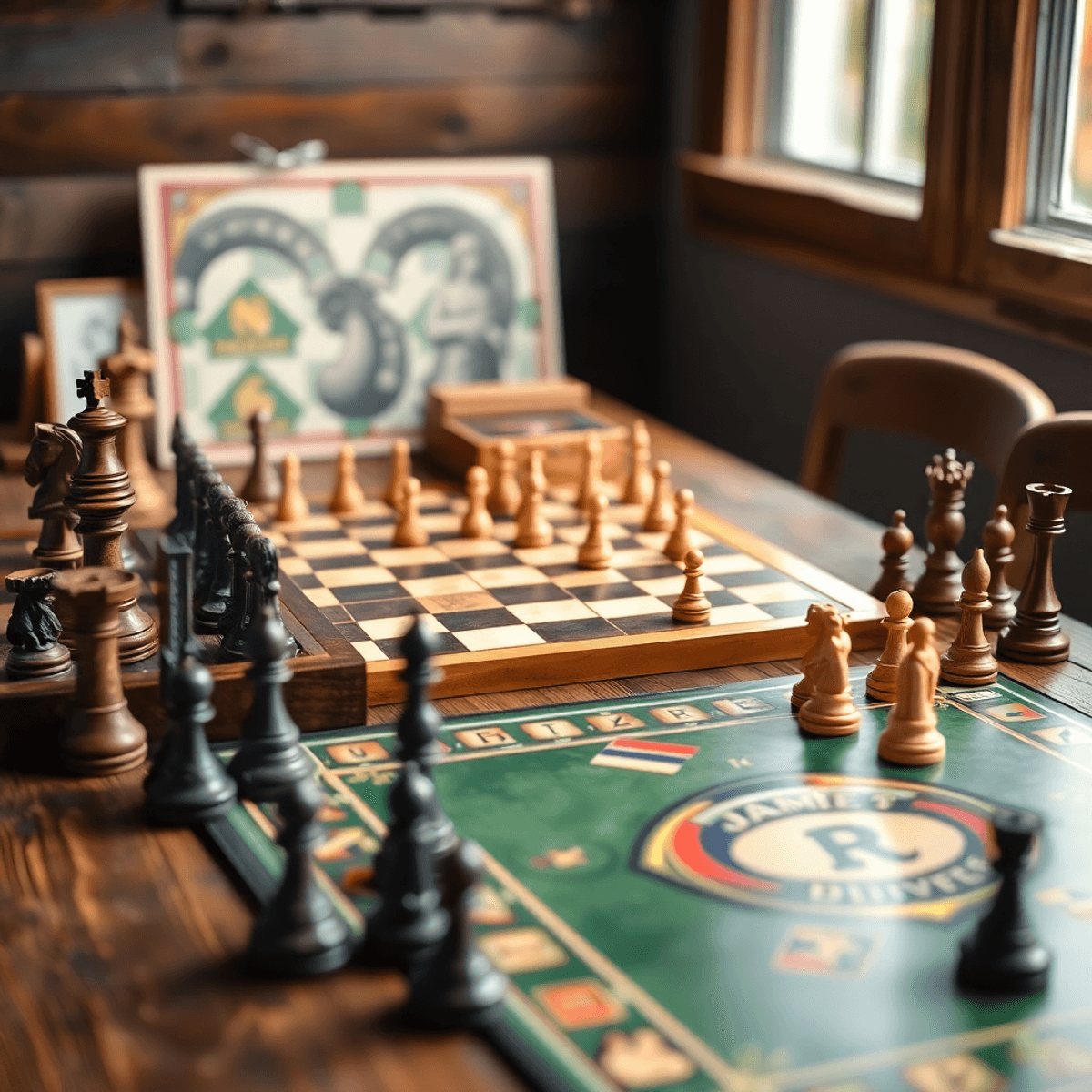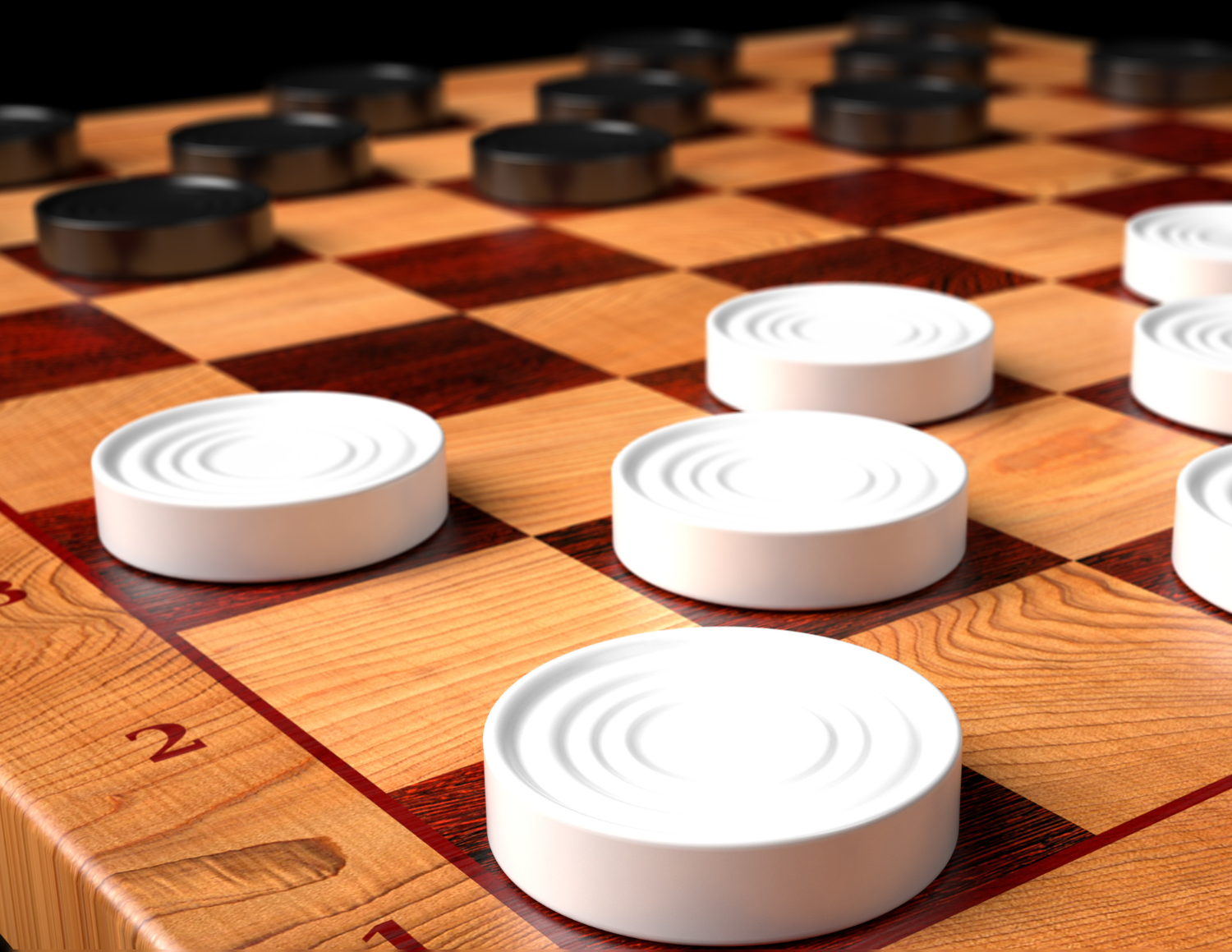
The ancient board game of Go stands as a testament to human strategic ingenuity, captivating minds for over 4,000 years. This deceptively simple game challenges players with a depth of complexity that surpasses even chess, earning it recognition as the world’s most challenging board game in the history.
The black and white stones, placed on a grid of intersections, create patterns that tell stories of territorial conquest and tactical warfare. Each game unfolds like a unique narrative, with players engaging in battles of wit and foresight across the wooden board’s landscape.
Understanding Go’s rich history illuminates its enduring appeal. From ancient Chinese courts to modern international tournaments, Go has evolved while maintaining its core principles. The game’s elegance lies in its ability to:
- Challenge the mind with countless possible moves
- Foster patience through long-term strategic thinking
- Build mental resilience in high-pressure situations
In today’s digital age, Go continues to intrigue new generations. The game’s recent resurgence through artificial intelligence developments has sparked fresh interest, proving that this ancient sport remains as relevant and compelling as ever.

Origins of Go
Go board game has a long history that dates back to ancient China. According to historical records, it was created around 2356 BCE during the reign of Emperor Yao. The game was described in ancient Chinese texts as a way for the emperor to teach his son important skills like discipline, concentration, and balance.
Early Evidence of Go
The earliest physical evidence of Go comes from archaeological discoveries made during the Zhou Dynasty (1046-256 BCE. These findings include pottery boards and stone pieces used for playing the game. They show that Go was played by the Chinese aristocracy, where it served as both entertainment and a means of training in strategy.
Cultural Significance in Ancient China
Go held great cultural importance in ancient China and was considered one of the “Four Arts” – essential skills for Chinese scholars:
- Qin (the guqin, a stringed instrument)
- Qi (the game of Go)
- Shu (calligraphy)
- Hua (painting)
The Journey to Japan
Around 500 CE, Go made its way to Japan, marking a significant turning point in its history. Japanese players began to develop new strategies and make formal changes to the rules. The Japanese word “Go” replaced the Chinese term “Weiqi,” although both names are still used today. Under Japanese influence, the game became more complex with the introduction of opening strategies (fuseki) and refinement of tactical concepts.
The Impact on Competitive Play
The acceptance of Go by the Japanese imperial court led to the establishment of dedicated schools and the rise of professional players. This laid the groundwork for the modern competitive structure of the game. Such influences are part of a broader narrative that includes various aspects of China’s cultural evolution, which encompasses not just Go, but also other significant cultural elements that have shaped East Asia.
Evolution Through the Ages
Go’s board game journey through Japanese history marked significant cultural and social transformations. During the Heian period (794-1185), the game became deeply woven into Japanese aristocratic life. Noble families embraced Go as a symbol of refinement and intellectual prowess. The imperial court recognized skilled Go players with prestigious titles, establishing the game’s status as an essential accomplishment for the educated elite.
The game reached new heights during the Tokugawa period (1603-1867). The Tokugawa shogunate established four major Go schools:
- Honinbo
- Hayashi
- Inoue
- Yasui
These institutions received direct government funding and patronage, creating a structured system for training professional players. The schools competed in annual castle games, sponsored by the shogunate, where top players demonstrated their skills before the nobility.
The Honinbo school emerged as particularly influential, producing many of Japan’s strongest players. The prestigious Honinbo title continues to be one of the most coveted achievements in professional Go today.
This period also saw the development of a handicap system, allowing players of different skill levels to compete meaningfully. The standardization of rules and teaching methods helped create a robust foundation for Go’s modern competitive structure.
The establishment of these formal institutions transformed Go from a noble pastime into a respected profession, setting the stage for its eventual global recognition. Professional Go players gained social status comparable to that of prominent artists and scholars, reflecting the game’s elevated position in Japanese culture.
Gameplay Mechanics and Strategy
The Go board game features a distinctive 19×19 grid pattern, creating 361 intersection points where players place their stones. This expansive playing field allows for countless strategic possibilities, making each game unique.
Players alternate placing black and white stones on the board’s intersections, following two primary objectives:
- Territory Control: Creating enclosed spaces on the board
- Stone Capture: Surrounding opponent’s stones to remove them
The basic rule of capturing involves surrounding enemy stones with your own, cutting off their “liberties” – empty adjacent intersections that represent breathing space. A stone or group with no liberties is captured and removed from the board.
Strategic concepts in Go include:
- Influence: Building strong positions that radiate power across the board
- Balance: Weighing territory gains against positional strength
- Life and Death: Creating groups that cannot be captured
The ancient art of Go strategy encompasses various tactical patterns and formations:
- Joseki: Standard corner sequences
- Fuseki: Opening game patterns
- Tesuji: Clever tactical moves
Understanding these elements requires players to think in multiple dimensions – considering local battles while maintaining awareness of the entire board position. The interplay between territory and influence creates dynamic situations where players must constantly evaluate trade-offs and adjust their strategies.
Cultural Significance and Global Popularity
Go’s prestigious status as one of the four essential arts in ancient China placed it alongside calligraphy, painting, and playing the guqin. This classification elevated Go beyond mere entertainment to a scholarly pursuit that reflected intellectual refinement and strategic thinking.
Go’s Influence on Chinese Scholars
Chinese scholars viewed Go mastery as a reflection of one’s character and intellectual capacity. The game’s complexity and depth made it a natural fit for scholarly pursuits, with ancient texts often drawing parallels between Go strategies and principles of governance, warfare, and philosophy.
The Global Expansion of Go
The post-World War II era marked a turning point in Go’s global reach. The game spread beyond East Asia, gaining traction in Europe and the Americas. Modern statistics reveal a thriving global community:
- East Asia: Maintains the largest player base with approximately 46 million players
- Europe: Houses multiple Go federations with growing membership
- North America: Features established Go organizations and regular tournaments
- Online platforms: Connect millions of players worldwide through digital Go boards
International Representation and Cultural Exchange
The International Go Federation now represents over 75 member countries, hosting international tournaments and promoting cultural exchange through the game. Professional Go associations in Japan, China, and Korea continue to nurture talent through rigorous training programs, while amateur players worldwide participate in local clubs and online communities.
Technological Advancements and Renewed Interest
Recent technological developments, including artificial intelligence programs like AlphaGo, have sparked renewed interest in Go, attracting a new generation of players to this ancient game.
Professional Play, Community, and Future Prospects
Professional Go tournaments are the highest level of strategic competition, with matches often lasting 6-8 hours a day over several days. The International Go Federation organizes major events such as the renowned Samsung Fire Cup and LG Cup, which offer significant prize money exceeding $250,000.
The Journey from Beginner to Professional
Becoming a professional Go player requires intense dedication:
- Apprenticeship Programs: Young players in Asia often enter specialized Go schools by age 12
- Professional Certification: Achieving professional status through rigorous qualification tournaments
- Rating System: Players progress through dan ranks, with professional dans starting at 1p and reaching 9p
The Thriving Global Go Community
The global Go community thrives through various avenues:
- Online platforms like KGS Go Server and OGS
- Local Go clubs hosting regular meetups and tournaments
- Professional teaching games (kifus) available for study
- AI training tools like KataGo
Embracing Technology while Preserving Tradition
Modern Go has embraced technological advancement while still keeping traditional elements intact. Professional matches now use digital timing systems and online broadcasting, attracting viewers from all over the world. The European Go Federation reports a steady increase in registered players, with annual growth rates of 5-7% in organized tournament participation.

The Impact of AI on Professional Training
The rise of AI has transformed how professionals train, with players using computer analysis to create new strategies and improve existing techniques. This combination of ancient knowledge and modern technology opens up new possibilities for the future development of professional Go. However, the integration of AI into training also raises questions about the preservation of traditional teaching methods. As indicated in this study, it’s essential to find a balance between leveraging advanced technology and maintaining the foundational aspects of Go that have been passed down through generations.
Conclusion: Embracing the Enduring Legacy of Go as a Strategic Masterpiece
Go board game has a long history and has been around for thousands of years, and its popularity is still strong today, even in our digital age. The game’s complex strategies continue to challenge both human players and artificial intelligence, proving that true strategic masterpieces never go out of style.
The beauty of board game Go lies in its simple rules and endless possibilities – a combination that has fascinated players throughout history. When new players discover Go, they find not only an ancient game but also an opportunity for personal growth, strategic thinking, and connection to a vibrant cultural heritage.
Whether you’re looking for an intellectual challenge, a competitive outlet, or a meditative practice, Go offers a unique way to explore these interests. The game’s community is welcoming to players of all skill levels, making now the perfect time to try your hand at this extraordinary legacy.
If you want to learn more about history of classical board games check our in depth guide – The Timeless Journey of Classic Board Games: Origins, Evolution, and Influence.





